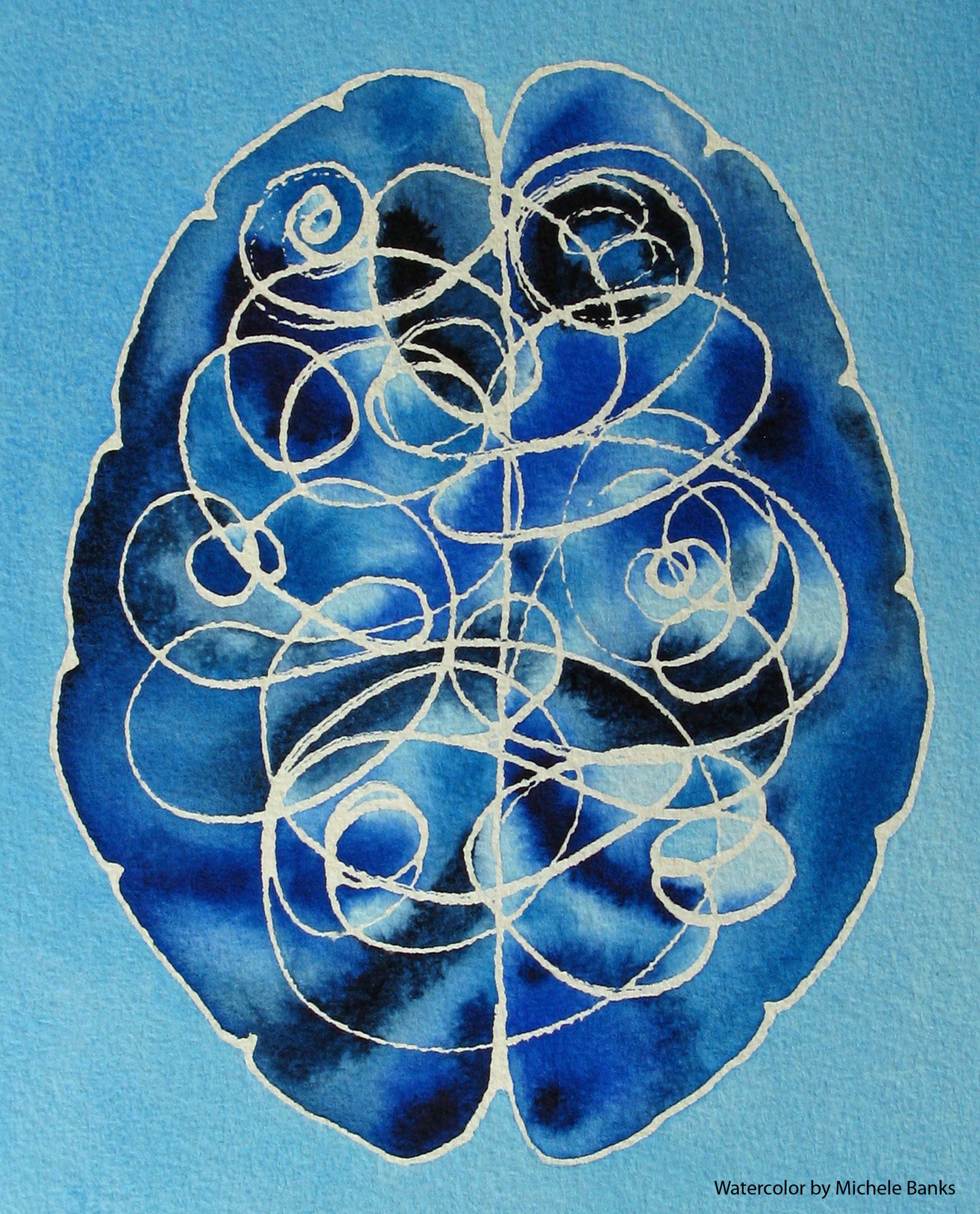EJN Special Issue: Call for papers
16 June 2017
FENS News
16 June, 2017 in FENS News
Guest Editors: Patrick Johnston (Queensland University of Technology, Australia), Alan Pegna (The University of Queensland, Australia), Aina Puce (Indiana University, United States), Guillaume Rousselet (University of Glasgow, United Kingdom), Lisa Scott (University of Florida, United States).
Submission Deadline: 1 November 2017
Estimated date of publication: May 2018
Analysis of evoked electromagnetic brain signals to visual stimuli has done much to elucidate the early stages of visual perception in humans. Such signals, measured with high temporal resolution (EEG, S-EEG, ECoG, or MEG), reveal spatial and temporal indices of a processing hierarchy. This hierarchy supports the extraction of stimulus invariance at increasing levels of abstraction. Evidence of categorical sensitivity to stimulus type emerges between 100-200ms post stimulation, with the individuation of particular exemplars occurring between 200-350ms. The extent to which visual evoked signals, recorded over posterior scalp regions, within these different time windows are modulated by top-down versus bottom-up effects is not well understood. As such, these signals offer the opportunity for exploring the interface between bottom-up and top-down influences on perceptual resolution. Much of the work in this area has focused on a very particular (albeit extremely interesting) type of visual stimulus – the human face – but it remains hotly debated whether the study of such stimuli reveals general properties of the visual system as opposed to the function of highly specialized processing modules that have evolved to support the perception of this critical stimulus class. Indeed, there is growing evidence that early to mid-latency (100-350ms) visually evoked brain signals to non-face objects and visual scenes may be modulated in interesting and informative ways by factors such as expertise, salience, diagnosticity, and perceptual surprise. These studies can include analyses of evoked responses in the time and/or time-frequency domain. This special issue seeks to bring together a series of empirical papers, targeted reviews and opinion pieces that will lay out the latest understanding of high temporal resolution evoked brain signals to non-face stimuli, and how they inform our understanding of the mechanisms of visual perception.
Direct link to EJN here.
